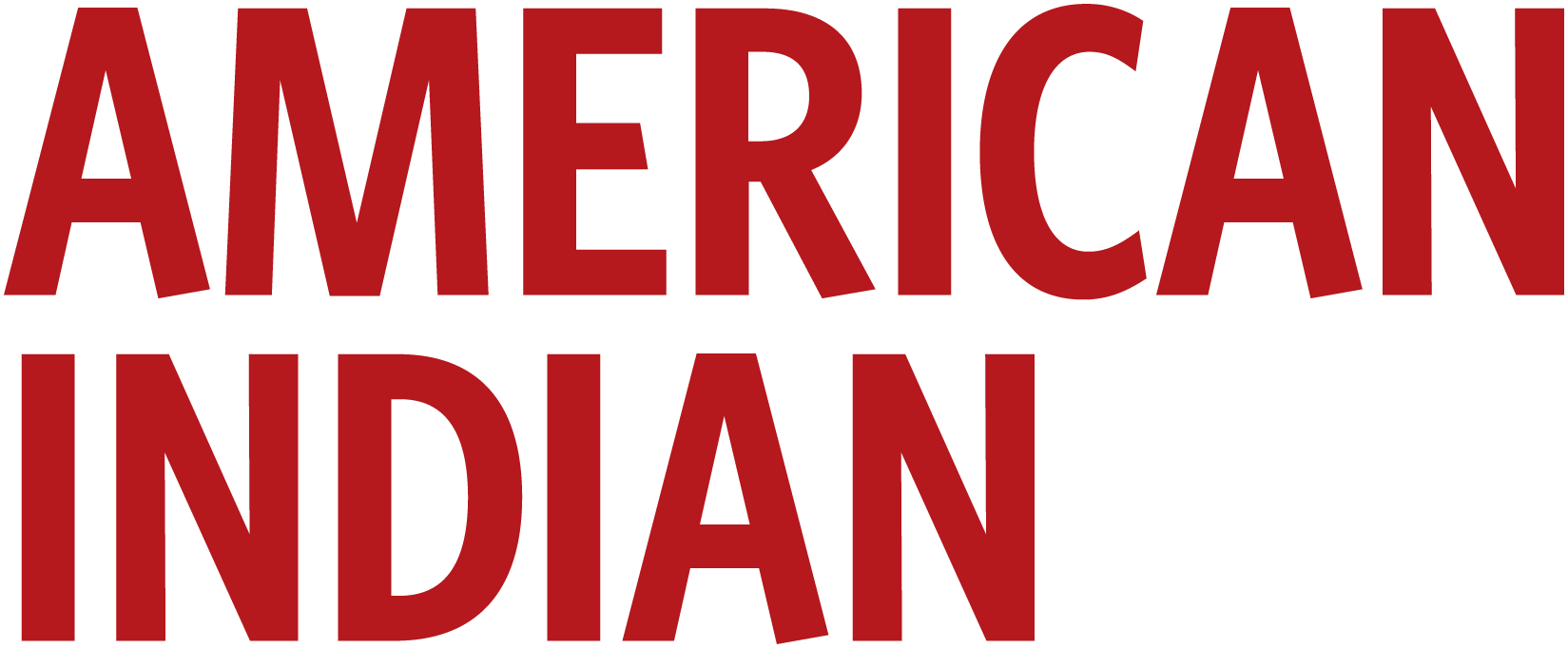Tim Eashappie’s classes are never boring. He is a Nakota teacher from the Carry the Kettle First Nation Reserve in Canada’s Saskatchewan Province who now hosts overnight camps at the Brightwater EcoScience and Indigenous Learning Center in Saskatoon about 200 miles away. There, young campers learn subjects such as math and science but also how to survive in the wilderness—even in snowy landscapes that can reach 30 degrees below zero Fahrenheit.
He used to teach in classrooms, but since 2021, he and his wife, Kathy, have held camps throughout the year that teach Indigenous survival skills to any student in Saskatchewan who wants to learn. The youth learn the basics, such as how to make a fire and determine directions without a compass. But they also learn to live off the land, from finding edible plants to snaring a rabbit and preparing a fish for eating. They even build their own shelters, either by putting up a tipi or constructing a cave out of snow.
Eashappie said, “Learning to survive in extreme environments can teach participants how to handle other stressful situations. “You’ve got to be cool, calm and collected,” he said, “Think, ‘What do I need to do next?’”
Samantha Gunn, who coordinates camp enrollments for schools in Saskatoon, agreed that “Cold is a good teacher.” Yet, she added, although Eashappie has high expectations for his students, “his generosity is enormous.”
Hundreds of youth have participated in these camps. Through such experiences, Eashappie said he hopes they gain a deeper understanding of Indigenous cultures. “We are the original inhabitants of this land,” he said. “If we don’t teach them, they won’t respect us.” And ultimately, he hopes, they will also learn to coexist with nature. “It is so important to teach them to love Mother Earth.”



